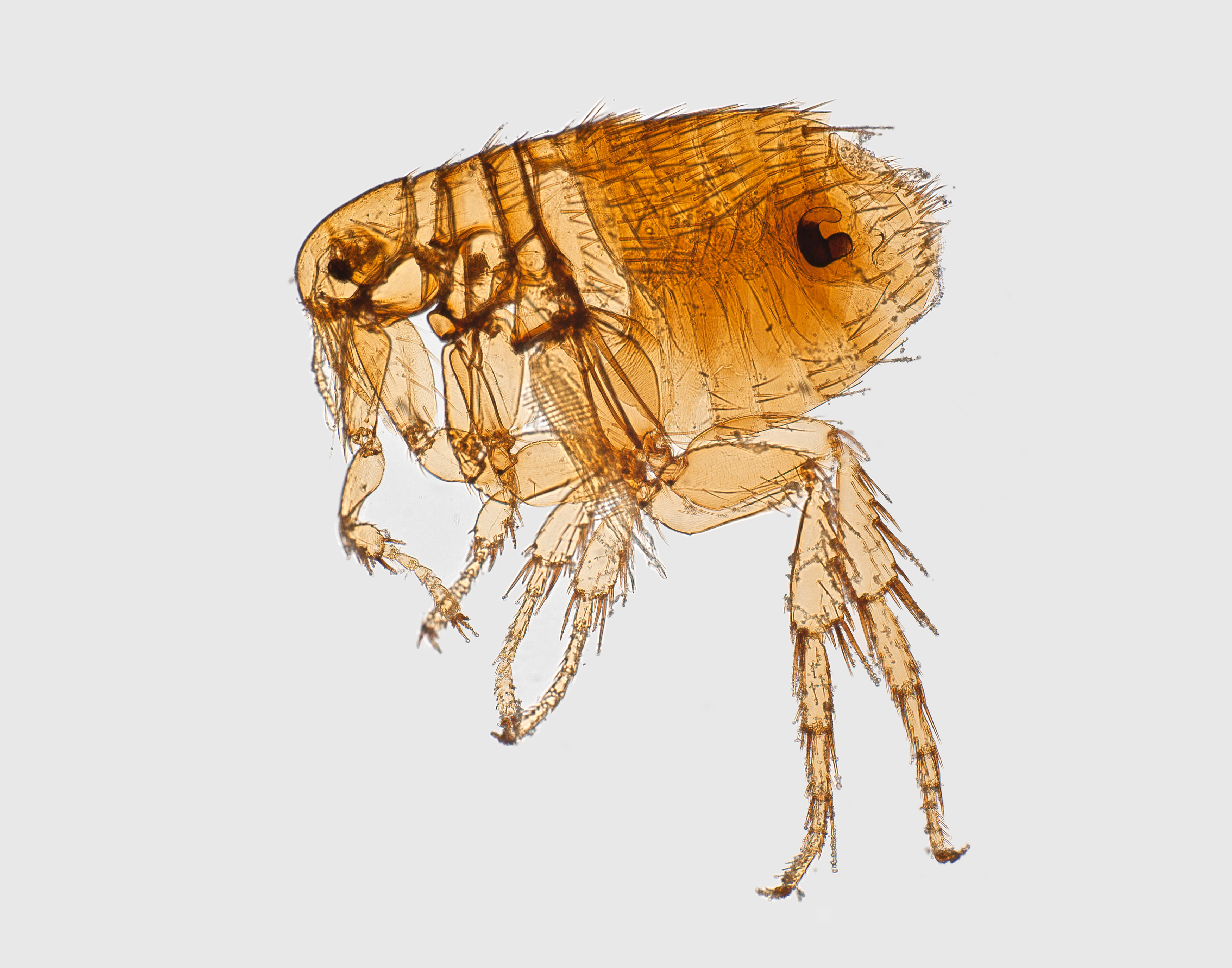As Madagascar plague outbreak loosens grip, concerns linger
An outbreak of plague in Madagascar has started to decline in recent weeks, with 12 previously affected districts reporting no new confirmed or probable cases, according to WHO.
As of Oct. 31, health officials have identified more than 1,800 suspected cases and 127 deaths in 29 districts since the outbreak began in August.
Plague is common in Madagascar, with approximately 400 cases occurring in the country each year, according to Ashok Chopra, PhD, CSc, professor in the department of microbiology and immunology and senior scientist at the Sealy Center for Vaccine Development, University of Texas Medical Branch. Most cases are the bubonic form, which is usually acquired from a bite of an infected flea. However, 67% of cases involved in the current outbreak have been classified as pneumonic plague, a less common and more virulent form of the disease that spreads from person to person.
According to WHO, this is the first time that pneumonic plague — which has the “potential to trigger severe epidemics if inadequately controlled” — has been reported in densely populated coastal cities in Madagascar.
“More studies are needed to explore this concerning shift toward pneumonic plague,” Chopra told Infectious Disease News. “There could be a number of factors that are involved, including global climate change. This is something that we have to pay very close attention to.”
This outbreak, he added, is also unique in that cases were identified earlier than usual. The seasonal upsurge does not typically begin until September or October and lasts through April.
Health officials respond to outbreak
WHO said the current risk for further spread is “very high” at the national level, moderate at the regional level and low at the global level. Although there are no travel or trade restrictions at this time, enhanced surveillance and outbreak response efforts have been implemented in nine priority countries and territories, including Comoros, Ethiopia, Kenya, Mauritius, Mozambique, La Réunion (France), Seychelles, South Africa and Tanzania.
More than 4,400 community health workers and 340 medical doctors and students are following contacts of cases, according to WHO. UNICEF and USAID have donated thousands of supplies to support public health operations, including tents, body bags, gloves, surgical masks, health kits, respirator masks and vehicles. In addition, WHO has donated 1.2 million doses of antibiotics to national authorities. However, the health agency said that only 26% of the $9.5 million budget proposed by the Government of Madagascar and its partners has been funded.
“Response logistics such as temperature monitoring equipment (infrared thermometers), rapid diagnostic tests, [personal protective equipment], infection prevention and control supplies, [and] medicines need to be provided,” WHO said in a statement. “Efforts to strengthen and sustain outbreak control measures should continue.”
Plague in the US
Although most plague cases occur in sub-Saharan Africa and Madagascar, Chopra said there has been an increased number of cases in the United States. In recent decades, about seven cases are reported in the U.S. each year, according to the CDC. However, there were 16 cases and four deaths in 2015. The disease is most commonly found in rural and semi-rural regions in the western U.S., particularly New Mexico, Arizona and Colorado. However, Chopra noted that rodents capable of carrying plague are beginning to spread to different parts of the country.
Need for a vaccine
Plague can be cured with antibiotic treatment. For pneumonic plague, antibiotics should be given within 24 hours of developing symptoms, Chopra said. However, early symptoms are similar to those associated with influenza, making it difficult to diagnose.
“I think that is probably what we are seeing in Madagascar,” Chopra said. “Pneumonic plague was not initially considered and undiagnosed patients were moving around and passing the infection along to other people. That may be why we have seen so many cases.”
The narrow window for treatment underscores the need for a vaccine, according to Chopra. He and his colleagues are currently developing a live-attenuated vaccine and a subunit vaccine — both of which have shown promise in animal models. However, limited funding may stall efforts to continue plague vaccine research.
“After 2001, the national priority was on biodefense-related pathogens,” Chopra said. “In the past few years, the focus of funding has shifted more toward developing new therapeutics to combat hospital- and community-acquired antibiotic-resistant bacteria. A lot of companies and investigators have reached a point where they want to launch large clinical trials, but are restricted in their efforts because of limited money available.”
In addition to a vaccine, Chopra also stressed the need to ensure that antibiotics are effective against the outbreak strains in Madagascar, especially since antibiotic-resistant Yersinia pestis has been isolated in the country before.
“There are a lot of questions that need to be answered at this point,” he said. “Going back and thinking about the Black Death when one-third of the population in Europe was wiped out because of plague, you worry about seeing so many cases in such a short period of time. I am very concerned.” – by Stephanie Viguers
References:
CDC. Plague in the United States. https://www.cdc.gov/plague/maps/index.html. Accessed October 31, 2017.
WHO. Plague outbreak situation reports. http://www.afro.who.int/health-topics/plague/plague-outbreak-situation-reports. Accessed October 31, 2017.
Disclosure: Chopra reports no relevant financial disclosures.
Editor’s note: This story has been updated with the most recent numbers of cases and deaths associated with the outbreak as of Nov. 2.


